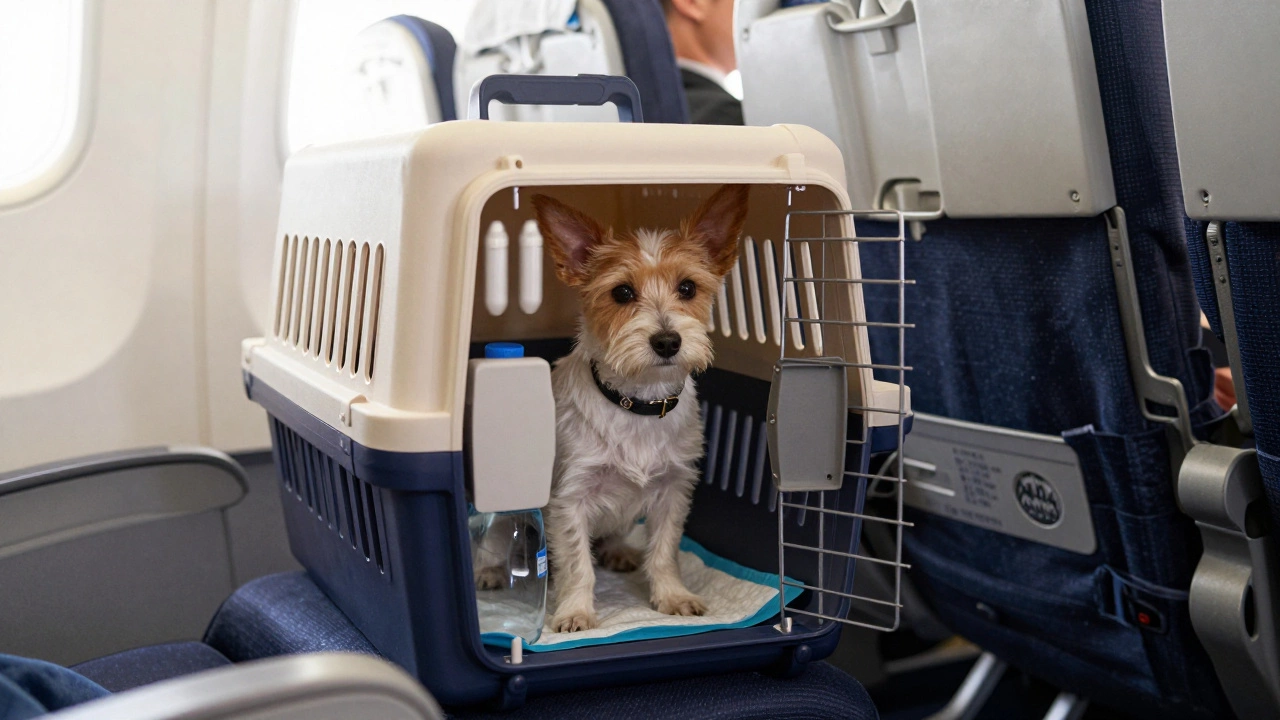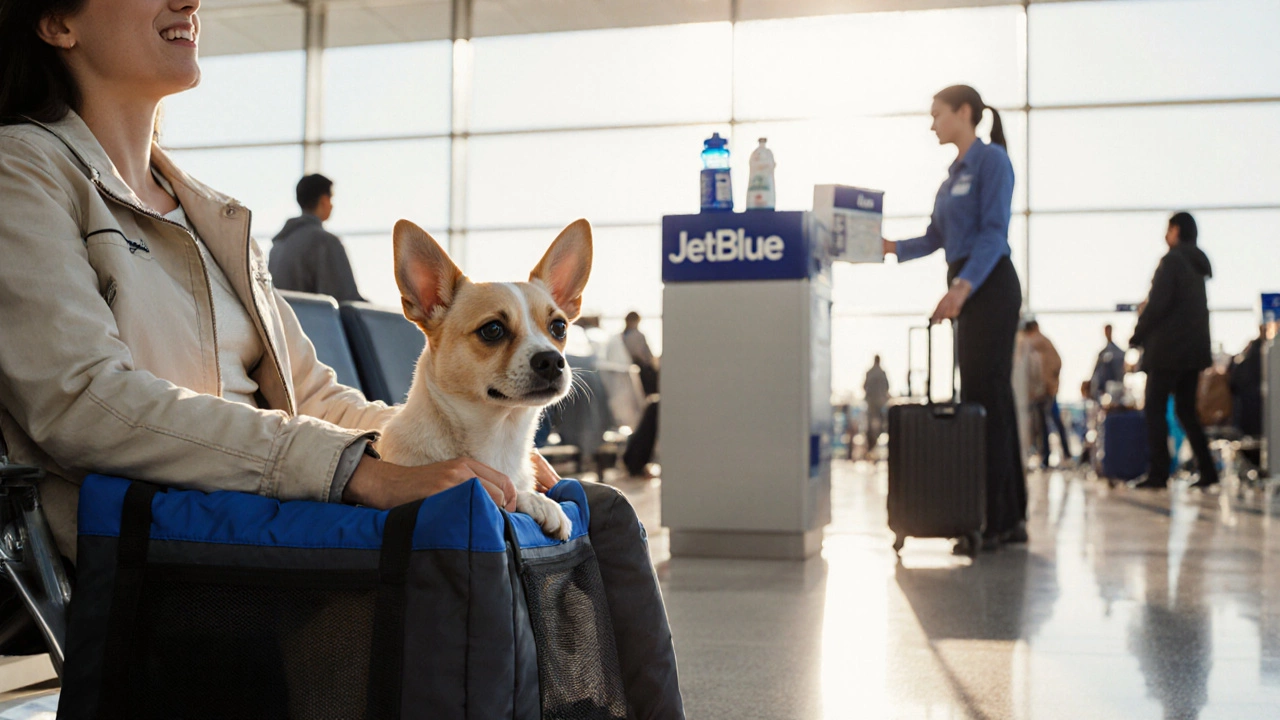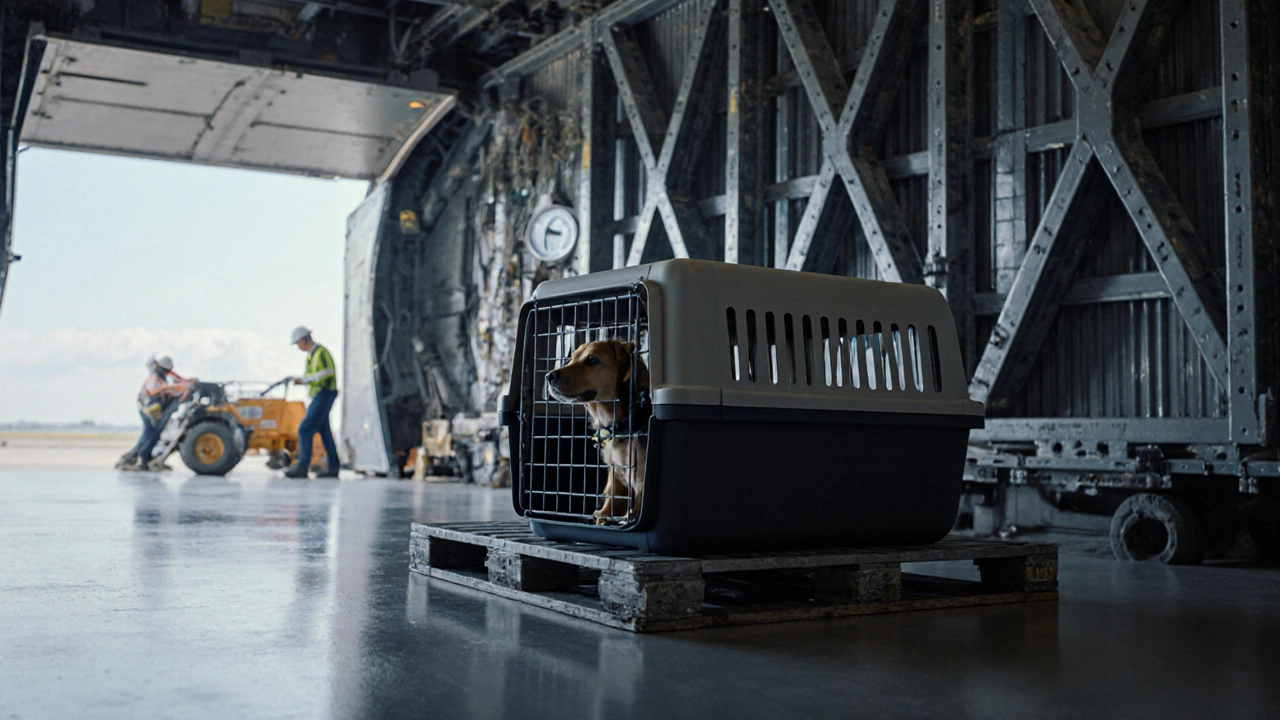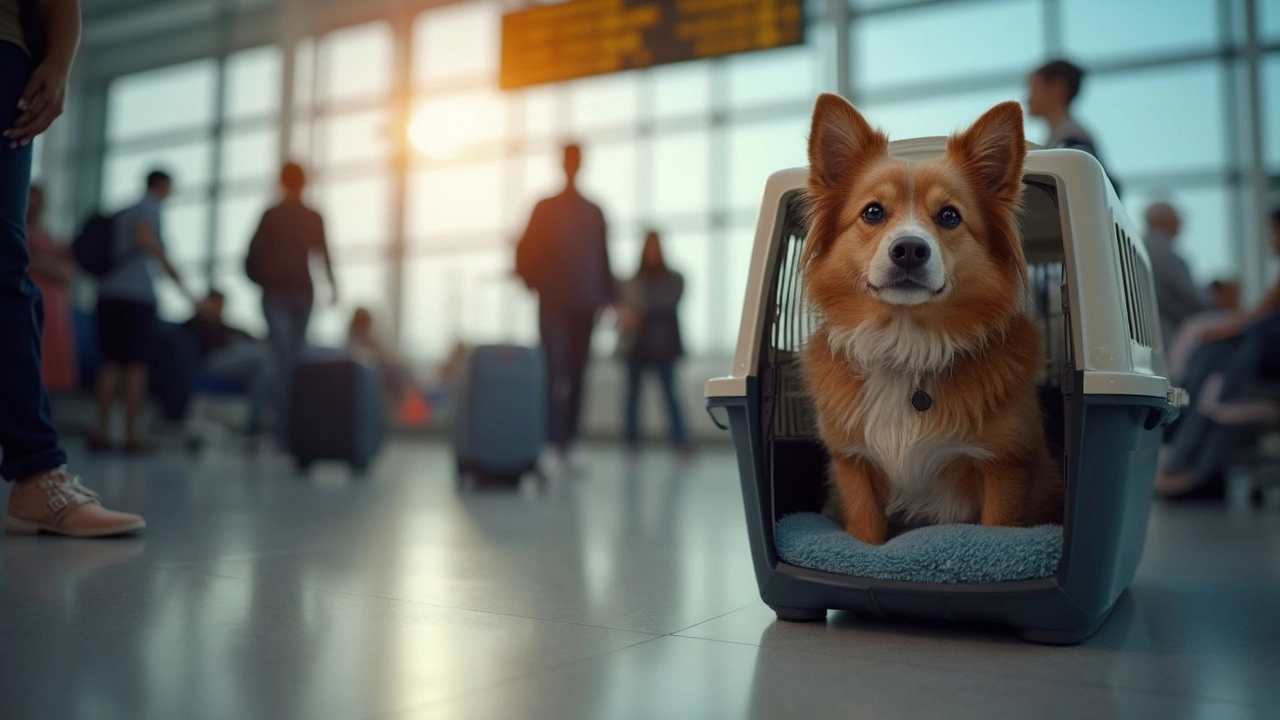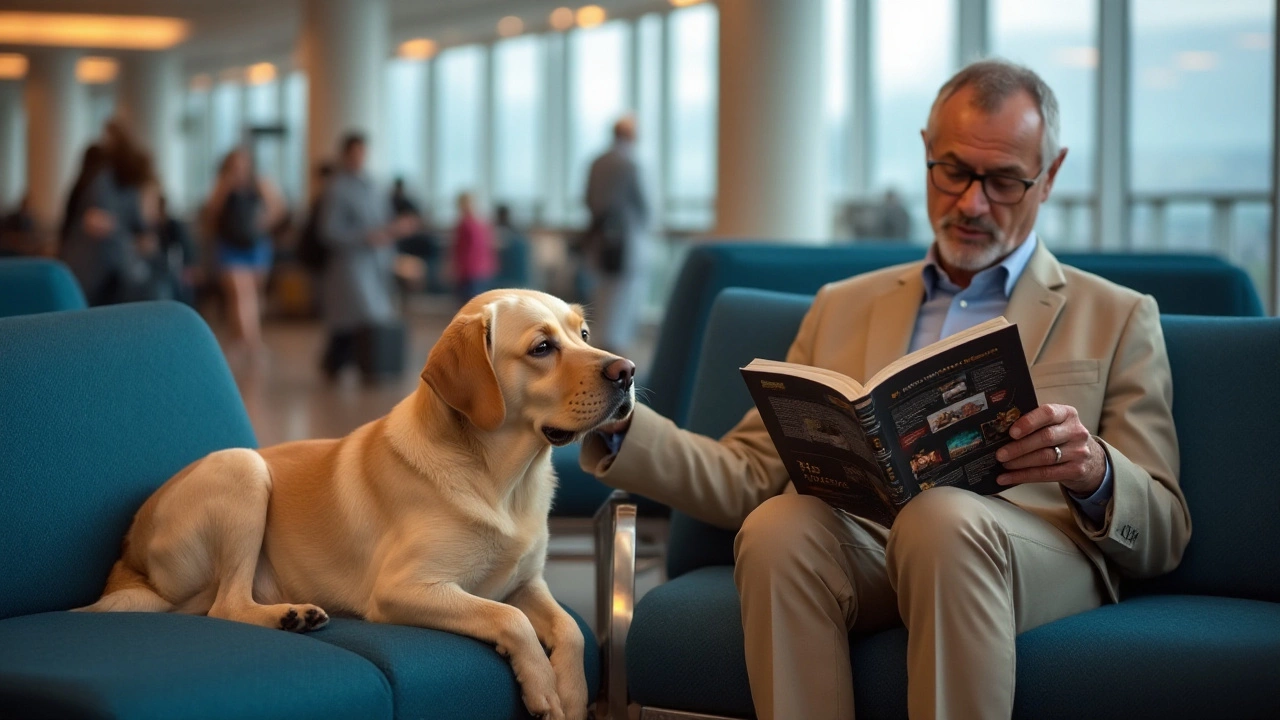Flying with Dogs: Essential Guide for Stress‑Free Air Travel
Taking your pup on a plane can feel like a big gamble, but it doesn’t have to be. With a bit of planning you can avoid most headaches and make the journey comfortable for both of you. Below you’ll find the basics – from budgeting and paperwork to choosing the right carrier and keeping your dog calm in the cabin or cargo hold.
How Much Does It Really Cost?
Airlines charge a fee for pets, but the amount varies widely. Low‑cost carriers often charge a flat rate of £20‑£30 for a dog in the cabin, while full‑service airlines can ask for £50‑£100. If your dog is too big for the cabin and must travel as cargo, fees jump to £100‑£200 plus a possible surcharge for larger crates.
Don’t forget the extras. You’ll need an airline‑approved crate, which can cost anywhere from £30 to £80 depending on size and brand. Some airlines require a health certificate issued within ten days of travel – a vet visit that might be £30‑£50. Adding these together, most owners spend between £80 and £250 for a typical short‑haul flight.
Airline Rules You Must Know
Every airline has its own pet policy, so the first step is to check the carrier’s website. Look for the maximum weight allowed in the cabin (usually 8‑10 kg including the crate), the dimensions of the crate, and whether the airline permits pets on international routes. Some carriers ban specific breeds or require a special microchip.
Booking early is crucial. Most airlines reserve only a few pet spots per flight, and they disappear fast. When you book, tell the airline you’re travelling with a dog and confirm the crate size they accept. Get a written confirmation – it saves a lot of hassle at the airport.
On the day of travel, arrive at least two hours early for domestic flights and three hours for international trips. This gives you time to check in, go through security, and let your dog stretch a bit before boarding. Keep the crate label with your contact details on both sides and a ‘Live Animal’ sticker if required.
Keeping your dog calm is easier when you’re prepared. Feed a light meal three to four hours before the flight, and give plenty of water. A short walk right before you head to the terminal helps burn off excess energy. If your dog gets anxious, a familiar blanket or a calming chew can make a difference.
During the flight, follow the crew’s instructions. In the cabin, the crate must stay under the seat in front of you; never block aisles. For cargo, make sure the crate is vent‑rated and placed on the top tier of the cargo hold when possible. Once you land, give your dog a quiet space to settle before heading out.
With these basics you’re set to book that ticket, pack the crate, and enjoy the sky with your furry friend. Remember, the key is to check the airline’s specific rules, budget for the fees, and keep your dog comfortable before, during, and after the flight. Happy travels!
Posted By Bryndle Redding On 4 Dec 2025 Comments (0)
Can Dogs Survive Long Flights? What You Need to Know Before Booking
Can dogs survive long flights? Yes-but only if you plan carefully. Learn what breeds are at risk, how to choose the right flight, what crates to use, and why sedatives can be deadly.
READ MOREPosted By Bryndle Redding On 19 Oct 2025 Comments (0)
Most Dog‑Friendly Airline: Best Pet Travel Options 2025
Discover the most dog‑friendly airlines in 2025, compare fees, policies, and services, and get a step‑by‑step checklist for hassle‑free pet travel.
READ MOREPosted By Bryndle Redding On 18 Oct 2025 Comments (0)
Dog Cargo Flight: How Traumatic Is It Really?
Learn how stressful a dog cargo flight can be, spot signs of anxiety, and follow a detailed checklist to keep your pet safe and calm during air travel.
READ MOREPosted By Bryndle Redding On 13 May 2025 Comments (0)
How Stressful Is Flying for Dogs? What Pet Owners Need to Know
Flying can be stressful for many dogs, with new sounds, people, and routines making travel tough. This article breaks down what actually happens for dogs during flights, what signs of stress you should look for, and how different factors—like cabin versus cargo travel—affect your pet. Helpful facts and tips are included to make air travel safer and more comfortable for both you and your dog. Learn which breeds may have special risks and what you can do before, during, and after the flight to support your furry friend. Planning ahead can help you decide if flying is the right choice for your pet.
READ MOREPosted By Bryndle Redding On 22 Jan 2025 Comments (0)
Should You Take Your Dog on a Flight? An Honest Look
Flying with your furry friend can be both an exciting and daunting experience. While many airlines have become pet-friendly, ensuring your pooch's comfort and safety during the journey is crucial. This article explores the potential challenges and solutions when taking dogs on flights, weighing the pros and cons of such a travel decision. Discover tips to make the journey smoother for both you and your canine companion.
READ MORE